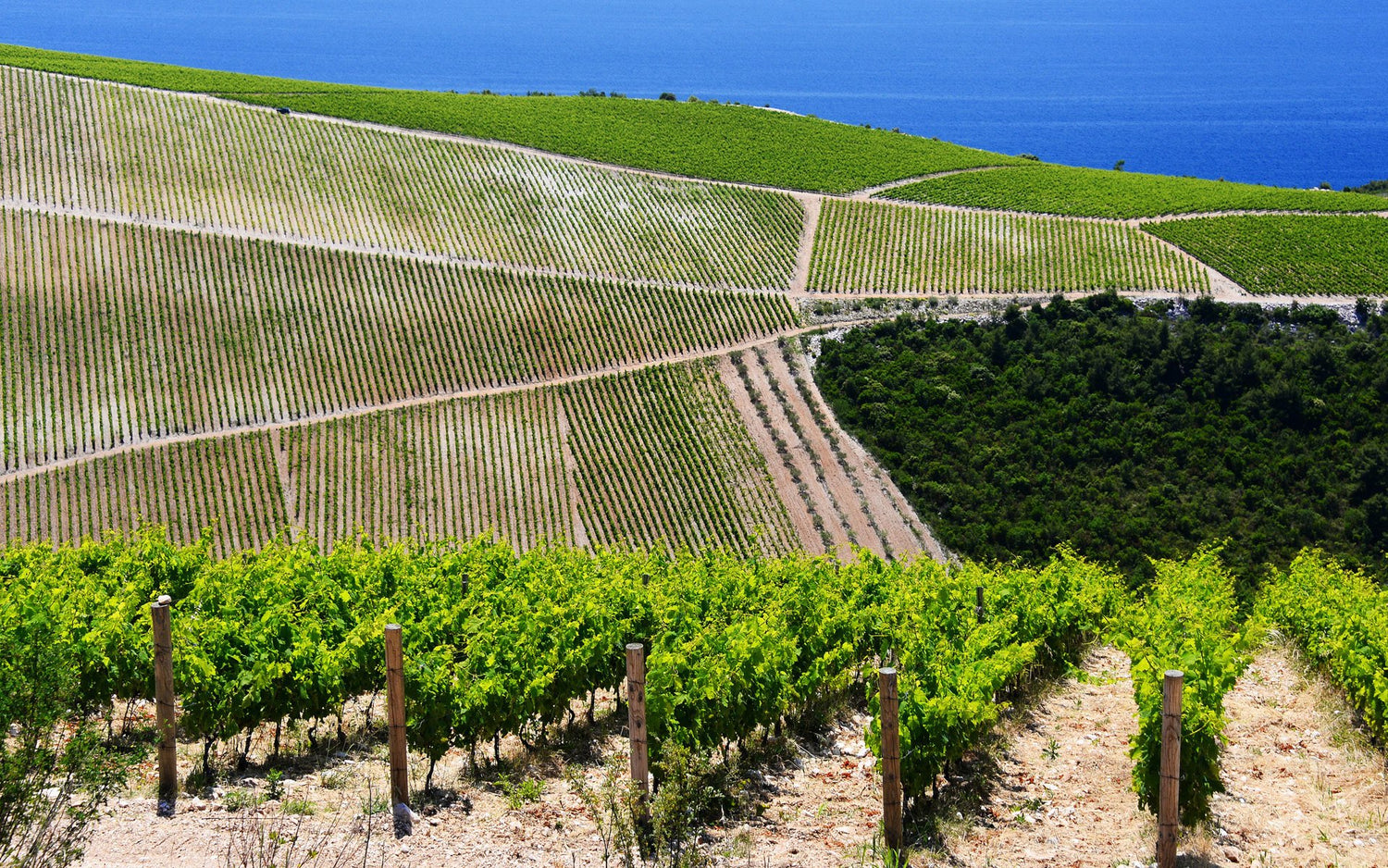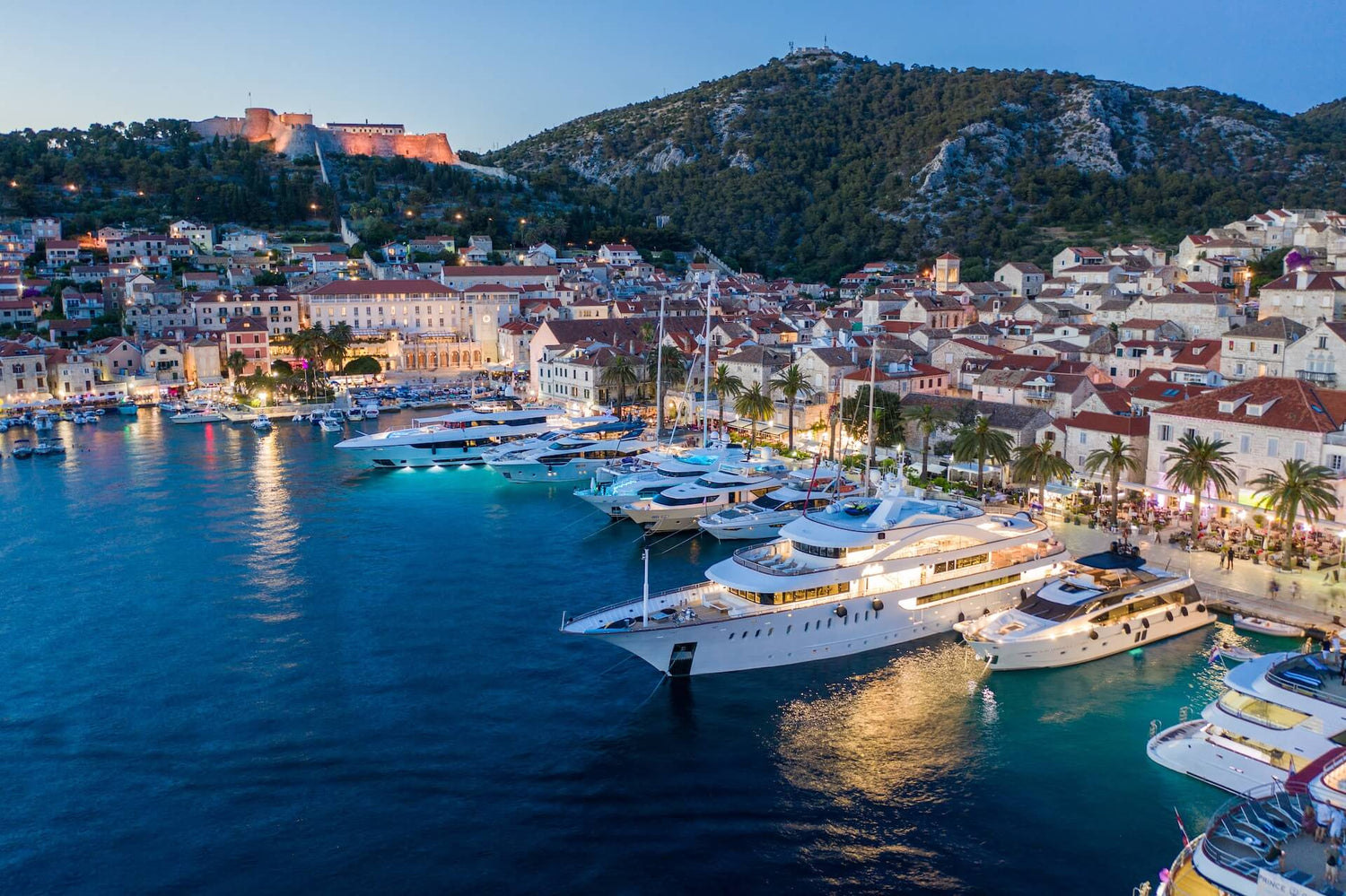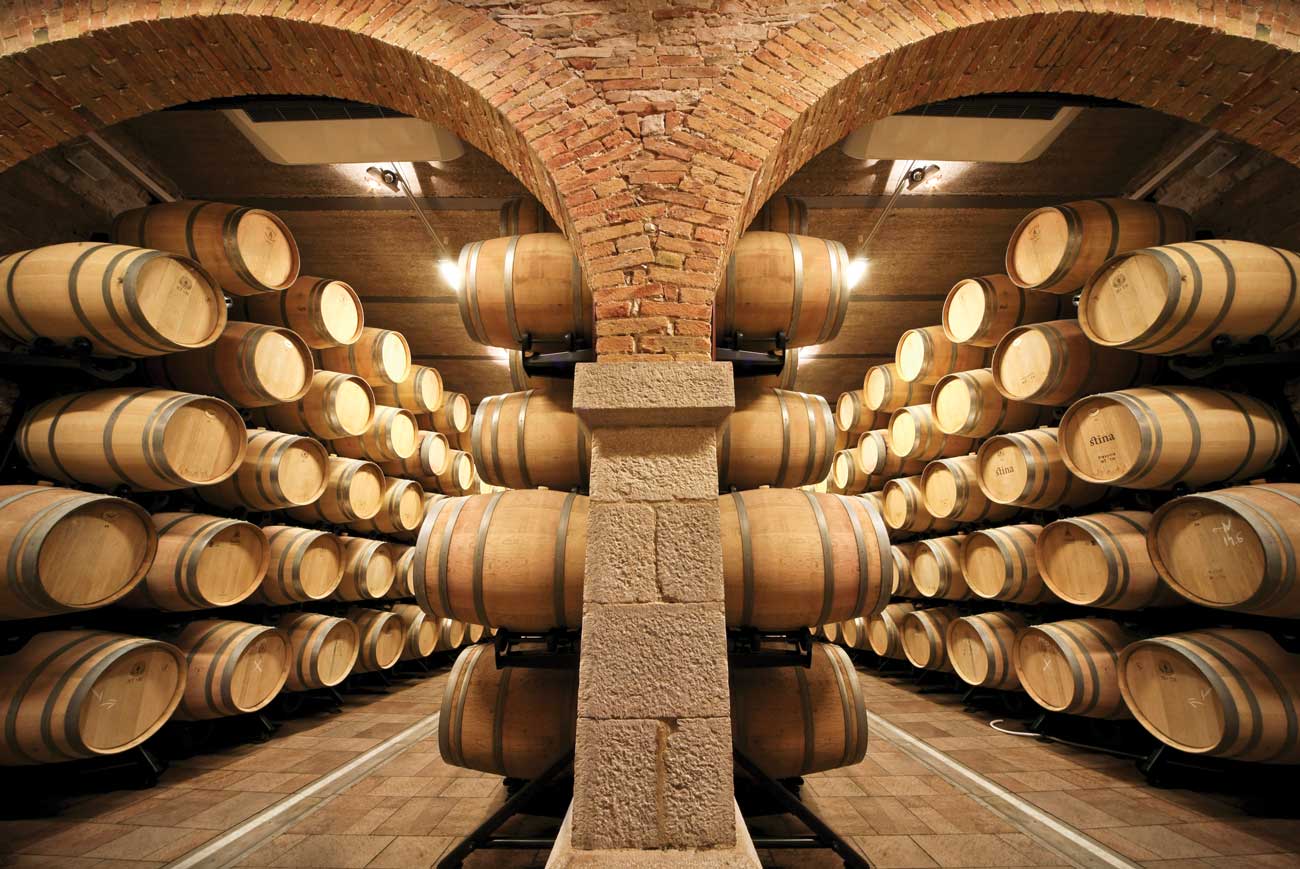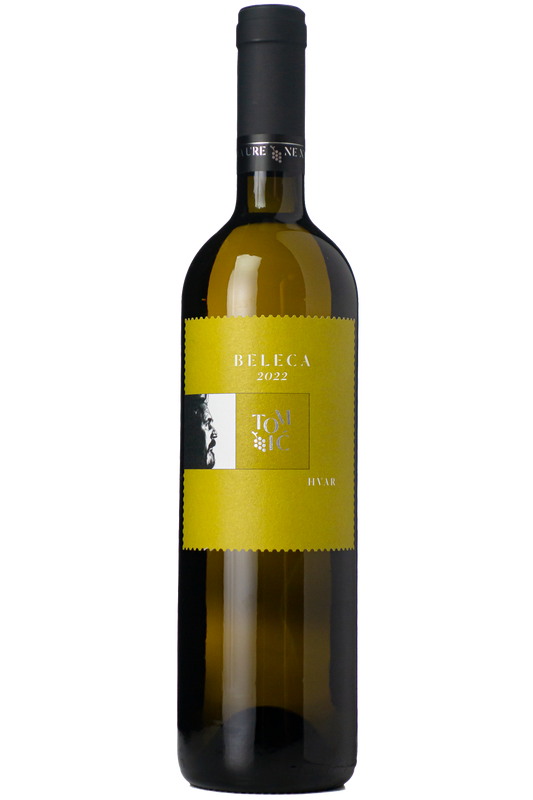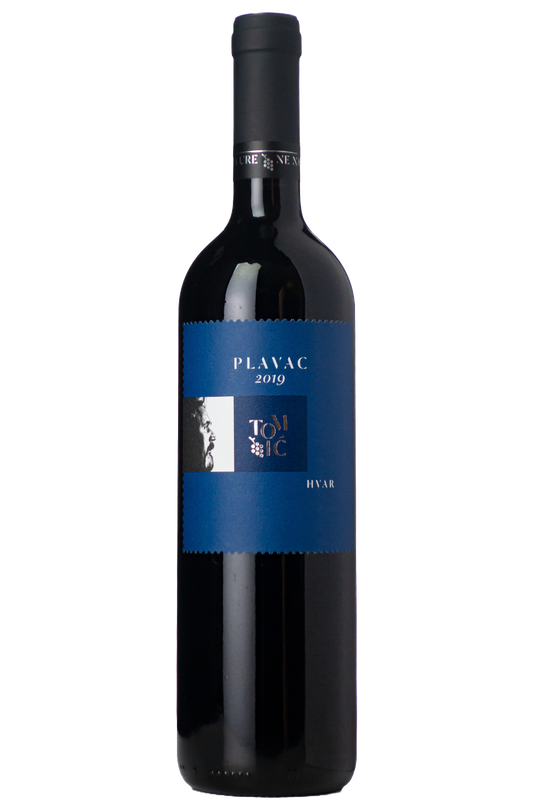Do you know the story of the winds in the "Land of the Shepherds", Dalmatia? The Dalmatians blame them for their moods, their health and their emotions. The Bura, for example, is a devastating wind that blows at speeds of up to 200 km/h and sweeps away everything in its path, from roof tiles to trees; but as it clears the sky, it also clears the spirits and invigorates people. Unlike the Jugo, a wet wind, bringing dark clouds, storms and bad temper; and which, in past centuries, was used as a defense by criminals to reduce their sentences. During the Dubrovnik Republic, it was forbidden by law to hold meetings or adopt political or legal decisions in Jugo weather.
These winds shape and define the land. They push it towards the sea, just as they would have pushed Marco Polo - the Dalmatians are convinced that it was in one of the Gothic-style houses in Korčula's old town that the navigator spent his childhood. Which, according to some historians, is plausible. But to protect themselves from the strong winds, the vineyards of central Dalmatia are surrounded by low dry-stone walls behind which vines are planted at random. And on the island of Hvar, in the Stari Grad plain, where the agricultural landscape has remained virtually unchanged since the 6th century BC, vines and olive trees are planted in a maze of plots demarcated by the same low walls and dotted with tiny constructions. Apart from the winds, the Dalmatian land near the Adriatic Sea, with its Mediterranean climate and karstic soil, is perfectly suited to viticulture. Red grapes dominate, mainly grown on hard-to-access soils, often on the sloping coasts of the Dalmatian islands, forcing winemakers to pick grapes by hand. Plavac Mali, used in red wines, and Pošip, used in white wines, are the crown jewels of Dalmatian winemaking, which also boasts dozens of indigenous grape varieties: Kujundžuša, Plavina, Maraština, Bogdanuša, Tribidrag - also known as Crljenak or Zinfandel -, Grk or Debit.
Generally speaking, Croatia has a long winemaking tradition, which can be traced back to its earliest inhabitants, and which was further developed by Greek and Roman colonization. But it was in the late 90s, following the war that devastated the country in the wake of its independence, that state-owned land began to be invested by private individuals. The size of the vineyards was reduced, but the land most suitable for viticulture was selected, and the emphasis was placed on the quality of grape varieties and improved winemaking techniques. Almost half the wine produced in Croatia is consumed locally, often with meals, and diluted either with still water (to make "Bevanda") or sparkling water (to make "Gemišt"). In Dalmatia, these beverages are usually served with "Brudet", a fish soup or stew.
